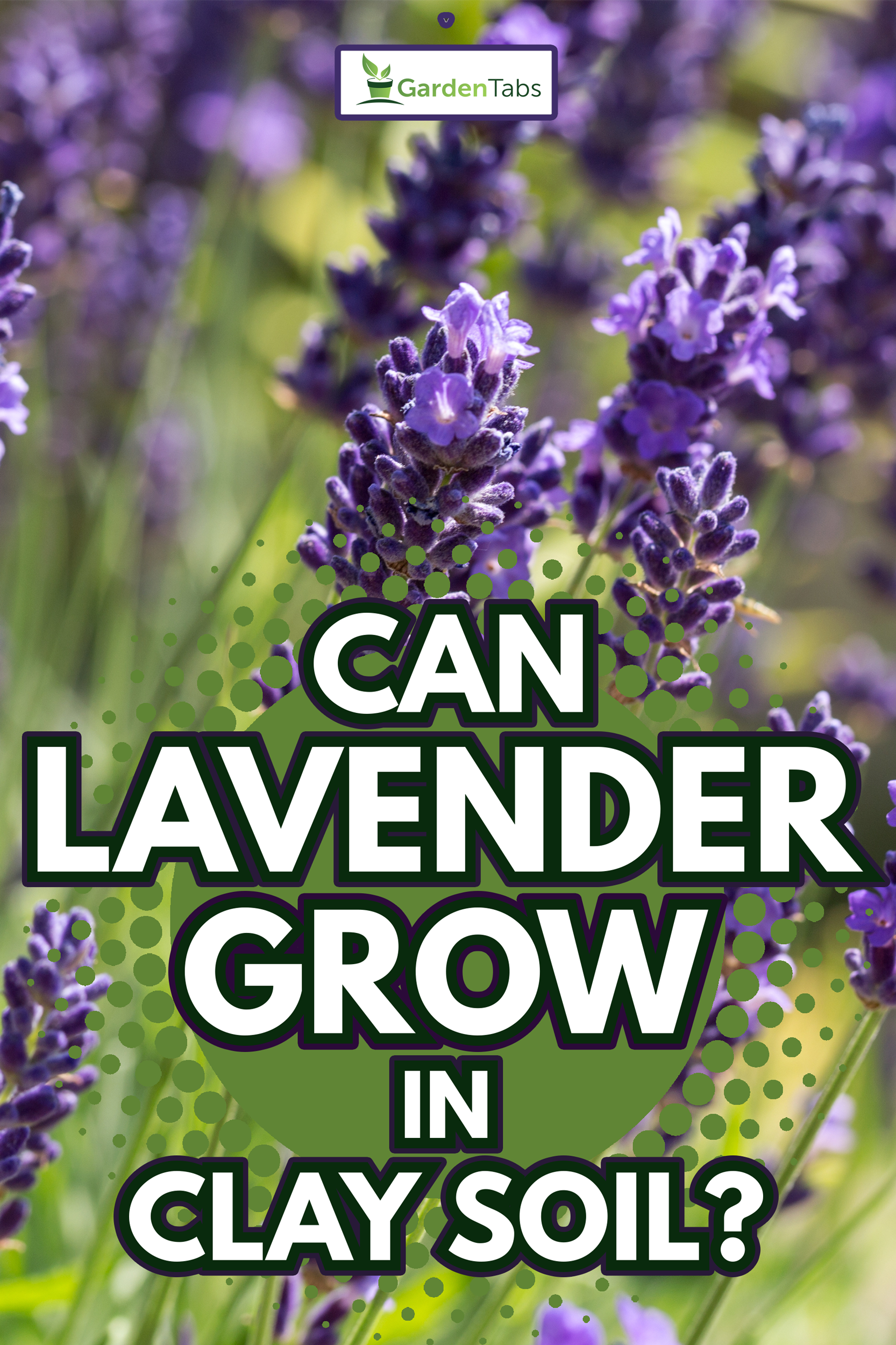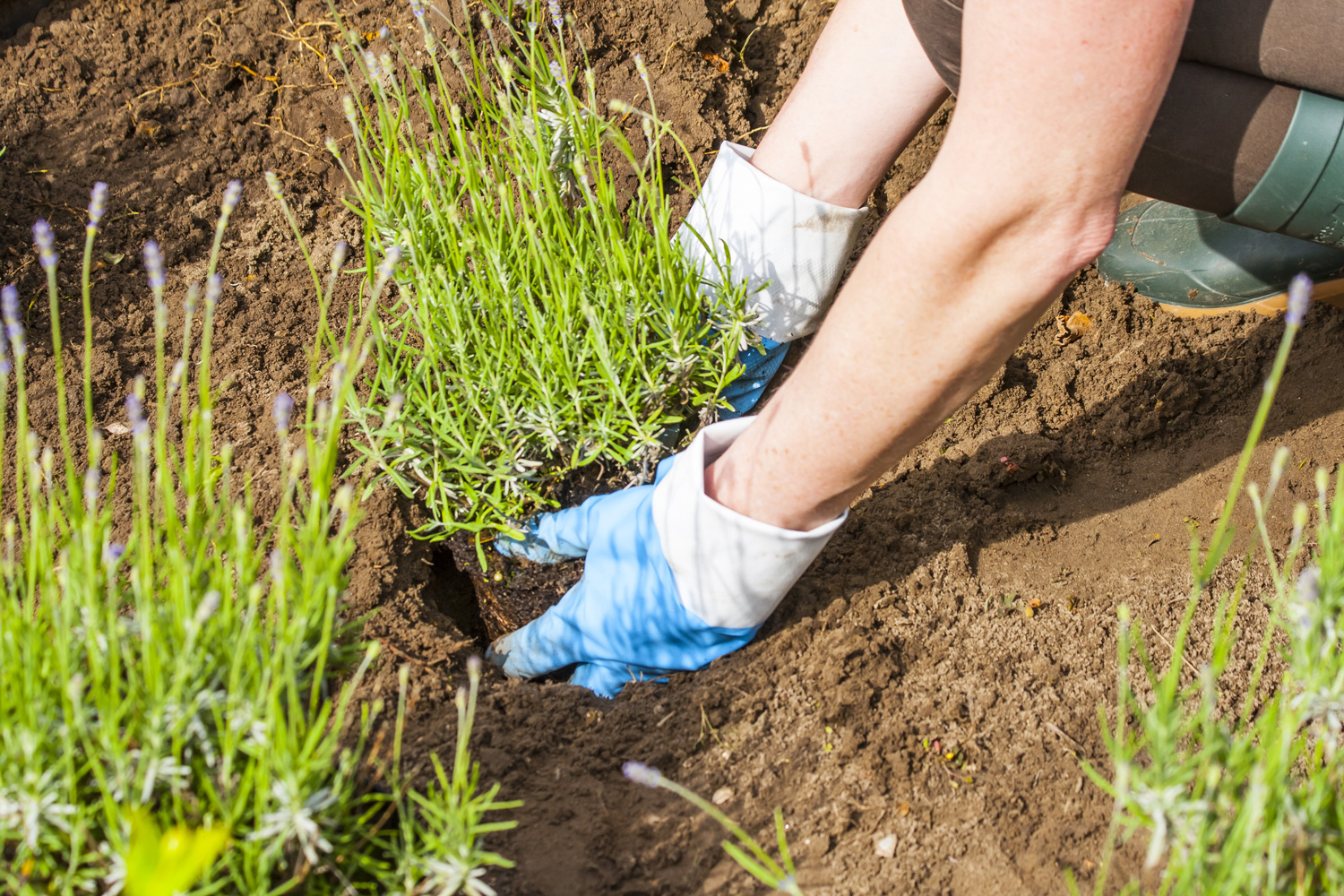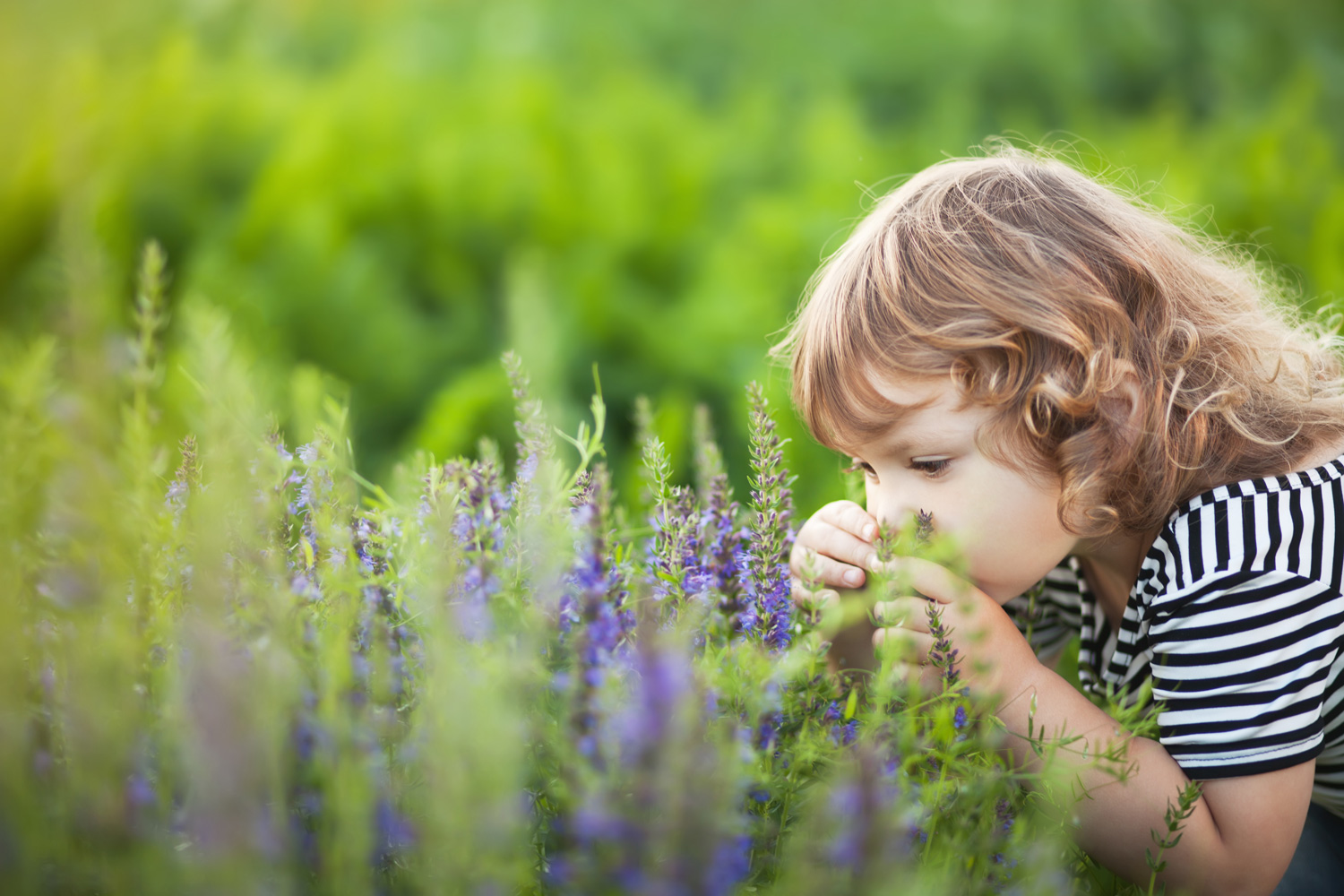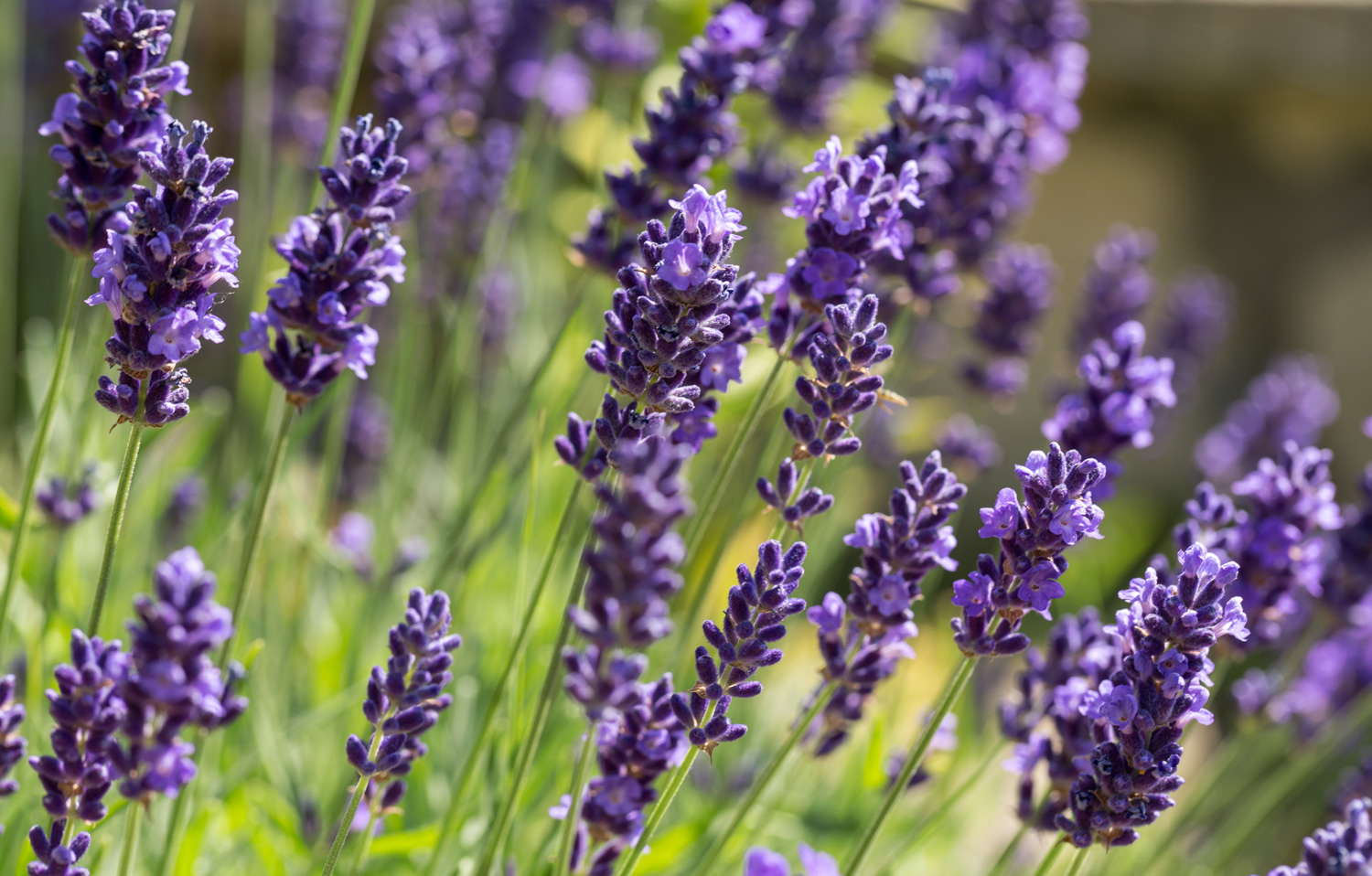Tourists in the Mediterranean can't get enough of picture-perfect lavender fields. Luckily for people who weren't born in Provence, it's not too difficult to grow this purple plant at home. However, it's essential to consider what type of soil you're using if you want a beautiful lavender plant. For instance, do you know if it's safe to grow lavender in clay soil? If you answered "no," then you've got to read the research we've done on this topic.
Lavender can't grow in clay soil. This perennial plant evolved to thrive in hot, rocky, and arid environments. Since clay has poor water drainage, it will make your lavender plant susceptible to diseases like root rot.
Lavender isn't a temperamental shrub, but there are a few conditions where it won't thrive. If you're planning to use clay soil for lavender plants, you need to know how to make it more hospitable for this herb.

Can You Grow Lavender In Clay Soil?

You can't plant lavender in clay soil. This plant's roots are very good at absorbing even the tiniest amount of water in the ground. Botanists say lavender is "drought-tolerant."
Why is clay soil such a bad fit for lavender? Well, clay has poor water drainage. When you water clay soil, it will retain a ton of moisture for a long time. Lavender plants don't need extra help with water retention. They'd prefer it if you could drain that water ASAP!
When growing lavender plants, you need to create an airy soil mix that has phenomenal water drainage. These features best mimic the hot and rocky regions where lavender naturally thrives.
If all you've got outside is clay soil, you may want to check out our recent post on "The 11 Best Plants for Clay Soil."
How Do You Prepare Clay Soil For Lavender?

When you're preparing an area of your garden for lavender, you should get rid of as much heavy clay soil as possible. Many gardeners recommend digging about 12 inches deep with 20 inches of space per plant.
Once you've dug your hole for lavender, it's a good idea to fill it with potting soil mixed with perlite or sand. This mix has no precise percentage, but you should use ~ 30 percent of the sand or perlite.
It's also a great idea to place your lavender high up and let gravity assist with water drainage. Many gardeners report great success cultivating lavender in mounds or raised beds.
To learn how gardeners could successfully amend their clay soil for lavender, be sure to check out these tips:
What Type Of Soil Is Best For Lavender?
Lavender loves dry and airy soil. Heck, this plant will even do well in soil that's full of gravel.
Water drainage should be your obsession when choosing soil for lavender plants. Please trust that this herb's roots will do just fine with a tiny bit of water, even during the hot summer season.
The worst thing you could do for lavender is plant it in poor-draining soil. Since clay retains so much moisture, it's unfit for lavender plants. You must use amendments like gravel, perlite, and sand to give lavender the ideal growing conditions. The airier you make your soil, the better.
For more expert tips on growing lavender, be sure to watch this tutorial:
Should I Mix Sand With Soil For Lavender?

It's a great idea to add sand to your soil when planting lavender. Many cultivators add at least 30 percent of an amendment like sand to their soil before planting lavender. In addition to sand, you could also use products like perlite and pea gravel. You could use any of these amendments to improve the drainage and aeration of your soil.
Be sure to watch this YouTube video to see how to make soil your lavender will love:
How Often Should Lavender Be Watered?

Chances are you'll overwater rather than underwater lavender plants. How often you should water your lavender will depend on your climate region and the plant's stage of development, but you never need to water this plant every day.
Indeed, most lavender farmers only water their plants once every one to two weeks in the early stages of development. As lavender matures, you could usually get by with watering once every two to three weeks.
You should always water your lavender plants less in winter than in summer.
If you live in a region that's humid or gets a lot of rain anyway, you may not have to water lavender at all.
Please remember that lavender grew up in the sunny Mediterranean region. Therefore, these plants can survive for a long time without significant precipitation.
For more tips on watering lavender, be sure to watch this video:
How Do I Know If Lavender Is Overwatered?

Overwatering is the most common way gardeners unintentionally kill their lavender plants.
Please remember that lavender is a drought-resistant plant. So, if you're hesitant to give your plant water, it's best to hold off until you're sure the soil is dry enough for another drink.
When you examine your lavender's soil, it should never feel wet. If you happen to notice your soil isn't draining well, there's a good chance it's already overwatered. You could also tell if lavender is getting too much water by looking at the plant. Overwatered lavender will start to droop, and it will lose its gorgeous purple color.
Unfortunately, lavender that gets too much water may turn brown. It's virtually impossible to save a lavender plant that has been overwatered for too long. Lavender that has too much water is highly susceptible to root rot. When this takes over your lavender, it will often spell doom for your plant.
To avoid this common mistake, please resist the urge to water lavender too often. "Less" truly is "more" when it comes to watering lavender plants.
Is It OK To Add Fertilizer To Soil For Lavender?
You shouldn't go crazy with fertilizers when building soil for lavender. It's best to keep as many nutrients out of your soil as possible. Lavender plants don't perform better with many organic minerals, manures, or supplemental nutrients.
When choosing soil for lavender, your primary concern should be improving water drainage rather than providing nutrients. Please resist the urge to add a ton of organic amendments to your soil.
Could I Add Mulch To Soil For Lavender?

Similar to organic nutrients, lavender doesn't need a lot of mulch. The more mulch you pile on your lavender, the more likely it will add too much moisture and increase the odds of root rot.
Gardeners should always avoid straw and wood bark if they want to add mulch to their lavender plant. You should also skip mulch entirely if you live in an area prone to over 18 inches of rain per year.
If you're dead-set on adding mulch to your lavender plant, you should experiment with a few oyster shells, pea gravel, and small crushed rocks. These choices should help keep your lavender's soil well-drained so that it can thrive.
What's The Best pH For Lavender's Soil?
Lavender isn't super picky in terms of soil pH, but you should strive to make it lean on the alkaline side. Many gardeners suggest an ideal pH range for your soil is between 6.5 - 8. If possible, try to maintain a soil pH of 7 for optimal results with lavender. Those who stray too far away from a slightly alkaline range don't have phenomenal results with lavender.
Whatever you do, please avoid making your soil overly acidic. Lavender didn't evolve in acidic conditions, so it may show signs of damage if you don't adjust the pH.
Take Extra Care When Growing Lavender In Clay Soil!
While you could use clay soil to grow lavender, you must add extra ingredients to improve your soil's aeration and drainage.
Most gardeners use perlite, gravel, or sand to make their clay soil better suited for lavender plants. You could even try a mix of these ingredients when building your soil. Once you've created a well-aerated soil mix for your lavender, these plants are pretty low maintenance. You only have to water about once every one to two weeks and ensure they get plenty of sunlight.
Lavender is a lovely low-maintenance plant, but there are a few pests that could wreak havoc on your plants. However, you don't necessarily have to worry about deer chomping on this perennial.
If you're curious to learn more about lavender pest prevention, be sure to read our article "Why Deer Don't Eat Lavender."
